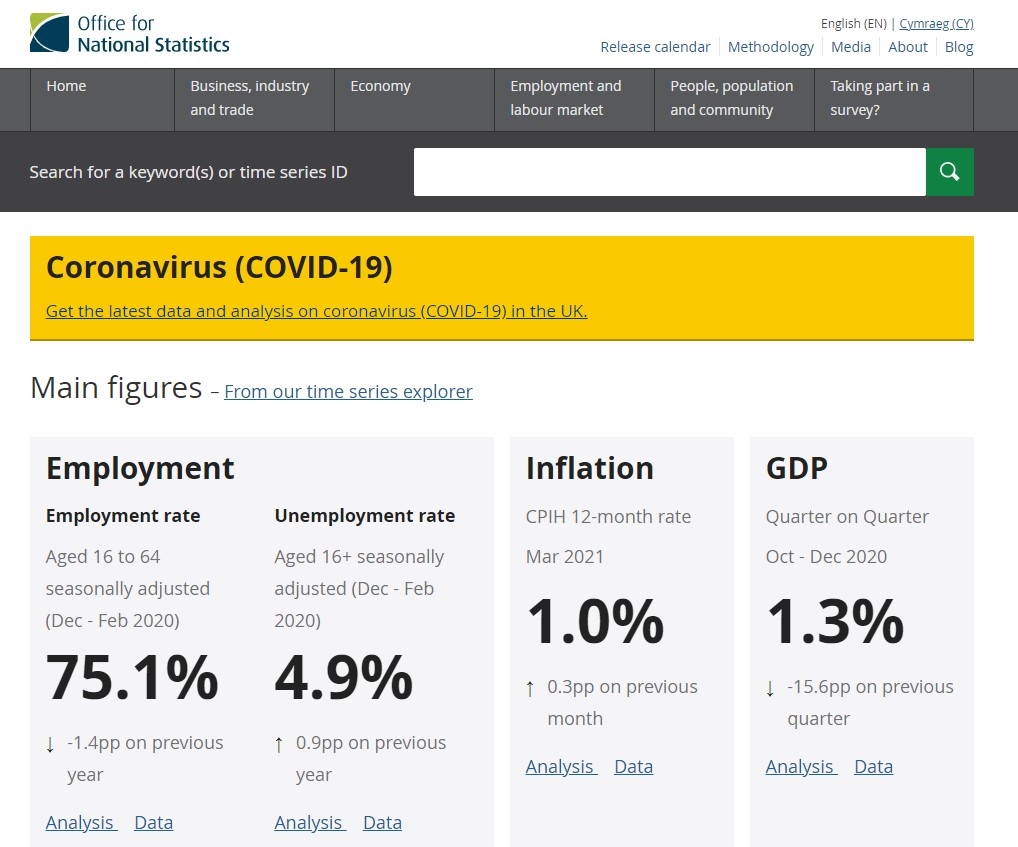Median household net wealth held steady for the period April 2018 to March 2020 at £302,000, according to the latest figures from the Office for National Statistics.
This was a marginal increase on the previous period, but a 20% increase when compared to July 2006 to June 2008 after adjusting for inflation.
The wealth of the richest 1% of households averaged £3.6m, compared with £15,400 or less for the least wealthy.
Despite the huge gulf between the wealthiest and the poorest, wealth inequality remained stable in comparison with the previous period.
Wealth inequality is measured by the Gini coefficient. It has remained broadly stable over the past 14 years.
The wealthiest 10% continued to hold around half of all wealth, primarily in the form of private pensions and property.
Pensions made up 42% of wealth, more than any other component. The top 1% held median household pension assets of around £2m. The average pension for those aged 55-65 was just over £200,000.
Household median wealth was highest in the south east at £503,400, having risen 43% since 2006 (after adjusting for inflation); wealth was lowest in the north east at £168,500.
Retired households were wealthier than those of working age – at £489,300 – they also had lower spending and a more stable income.
Wealth was lower for women, with an average of £101,000 lower than men.
On average, individual wealth increased with age, peaking in the 60-to-64 age group at a level nine times as high as the 30-to-34 age group, before falling in older age groups as people used their wealth to support life in retirement.
The ONS data also showed that education and employment were important factors in an individual’s wealth prospects. There were positive associations seen between wealth and degree-level qualifications and public sector employment.

